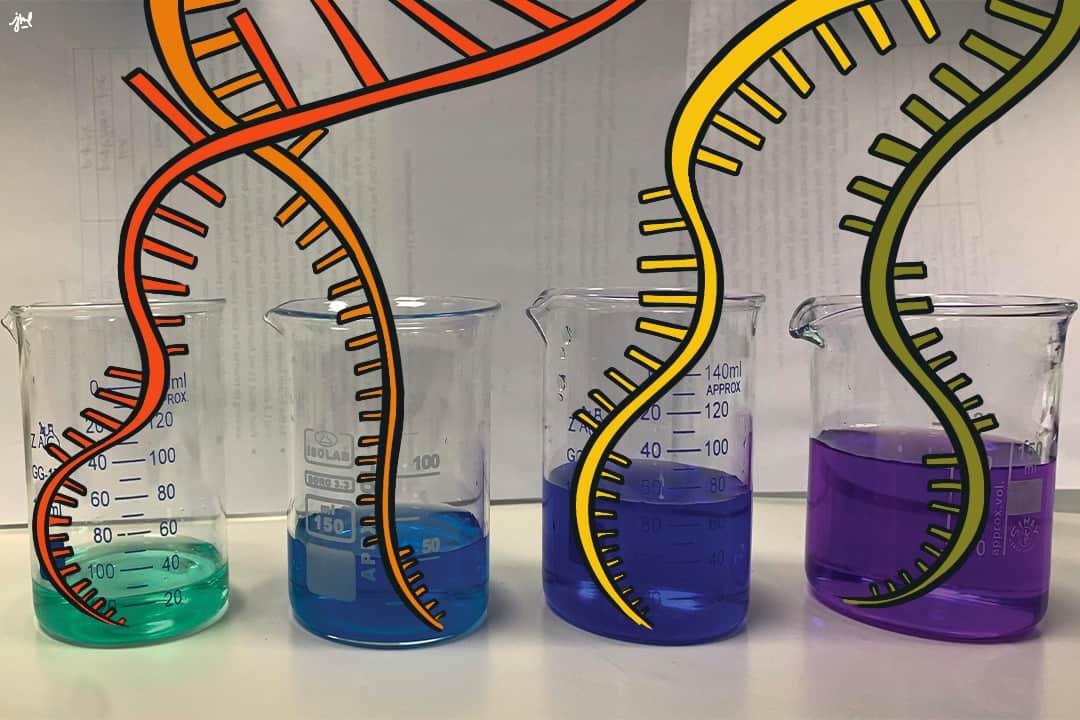Ribonucleic acid (RNA) technology is in the spotlight following the global pandemic and the implementation of COVID-19 messenger RNA (mRNA) vaccines. Traditional vaccines inject a dead form of the virus, allowing the body to develop an immune response and antibodies so the body will know how to respond if the live virus enters the body. mRNA vaccines differ, as they inject instructions for creating a protein of the virus that will initiate an immune response instead of injecting the actual virus.
In an effort to further this technology, Moderna, one of the pharmaceutical and biotechnology companies that created an mRNA vaccine during the pandemic, has entered into a partnership with a team of researchers in the Faculty of Applied Science and Engineering here at the University of Toronto. Moderna has worked and developed partnerships with various biomedical and research agencies, such as AstraZeneca, Merck, Bill and Melinda Gates Foundation, and the Biomedical Advanced Research and Development Authority. However, the University of Toronto is Moderna’s first solely academic partnership.
Why U of T?
Moderna is already in the process of working toward the development of other mRNA vaccines and treatments for other infectious diseases and has expressed its desire to innovate further in a variety of contexts. U of T News reported that during an executive meeting between Moderna and U of T, Leah Cowen, U of T’s vice president of research and innovation, and strategic initiatives, expressed, “Moderna recognizes that there is nowhere else in the world where you can find expertise at scale like you can at U of T.” The OFK lab, led by Omar Khan — an assistant professor of biomedical engineering at U of T — works to build nanotechnologies that regulate and administer nucleic acids in order to fight illnesses, and will be the lab working in direct collaboration with Moderna.
UTSG possesses the only laboratory facilities in the GTA — the Lash Miller Chemical Laboratories and the Combined Containment Level 3 facilities in the Temerty Faculty of Medicine — that can conduct research with Risk Group 3 pathogens of bacterial, viral, or fungal classification, which is essential to conducting innovative research in the realms of health and disease.
Why mRNA?
RNA functions as the intermediate between DNA and proteins. It regulates gene expression. Understanding the path a disease or illness is involved in and takes within the body can allow for the formation of gene-targeted therapy, in which RNA is injected into the body to alter protein expression and function, which helps treat the disease. This can be done for a variety of illnesses to improve the efficacy of treatment, including cancer, diabetes, infectious diseases, Huntington’s disease, or musculoskeletal diseases. The COVID-19 vaccines that Pfizer and Moderna created were based on the companies’ respective attempts at creating mRNA vaccines for cancer treatment.
With further innovation, these treatments could potentially reduce symptoms or even cure a variety of diseases altogether. The Moderna-U of T partnership aims to produce research in a range of fields including molecular genetics, biomedical engineering, and biochemistry, to develop RNA innovations that will improve disease prevention and cures. It will be very exciting to see where this partnership takes medical and biotech innovation right here at U of T.


